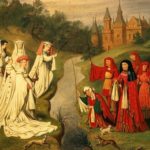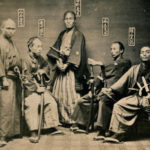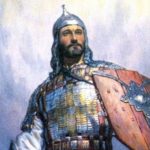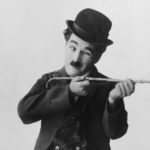Interesting facts about knights
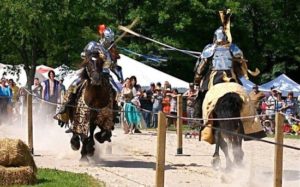 The romantic image of knights was formed in the mind mainly due to literature and cinema. In fact, the medieval knights had little to do with what they currently imagine. For the most part, they were the same warriors, simply richer and more notable, but they still remained warriors — experienced, fearless, and sometimes cruel. Although, of course, the human person always plays a primary role in what this person will be.
The romantic image of knights was formed in the mind mainly due to literature and cinema. In fact, the medieval knights had little to do with what they currently imagine. For the most part, they were the same warriors, simply richer and more notable, but they still remained warriors — experienced, fearless, and sometimes cruel. Although, of course, the human person always plays a primary role in what this person will be.
Knighthood appeared about 1,200 years ago, in the 8th century, with the appearance of the cavalry of nobles, swearing allegiance to their ruler.
When the crusades began, the cavalry knights easily broke the resistance of the Saracen Arabs, who could not oppose anything to armored riders. However, they quickly learned and invented a weapon capable of penetrating this armor.
Lamellar knight armor, an integral element of the knightly image, became widespread only in the Middle Ages, around the 14th century.
The most common weapons of knights were spears and heavy swords. And the latter rarely sharpened to razor sharpness – why sharpen the sword, if it still quickly blunts the enemy’s armor? Therefore, the knights swords wielded as axes, relying more on physical strength than on fencing skills or sharp edges.
Knights’ spears were so massive and heavy that they were used only for ramming at full gallop.
Crossbowmen, unlike archers, had every chance to hit an armored knight with an arrow, so the knights themselves scorned this weapon as “cowardly”, and the church even forbade it.
The noble children, whom the fathers wanted to knight, usually began intensive daily workouts at the age of 6-7 years old, practicing weapons every day.
According to the surviving historical evidence, the total cost of a knight’s outfit equaled approximately 50-100 bulls in different centuries. Therefore, only the rich knights could afford full armor, and those that are poorer, treated more affordable mail armor.
The custom of washing was brought to medieval Europe by knights, borrowing it from the Saracens. Prior to that, nobles usually washed no more than 3-4 times a year.
Some records indicate that horse knights on heavy horses bound in armor at full tilt broke through the mud walls of the Saracen fortresses.
The era of heavily armored knights ended shortly after the invention of firearms. The meaning simply disappeared in them – the armor, the horse and the training were very expensive, but such a valuable combat unit was able to shoot any soldier with a musket.
Usually the knight, going to battle, took with him three horses and from 1 to 3 squires. The latter did not participate in the battle, remaining in the rear and guarding horses and luggage.
The first knightly tournaments, in which noble nobles could demonstrate their skills, appeared in the 11th century.
The knight could not put on and take off his armor on his own – the pages and squires helped him in this. And the procedure itself vestments could take up to an hour.
In the modern world, knighthood is an honorary title in some countries, particularly in Great Britain.
